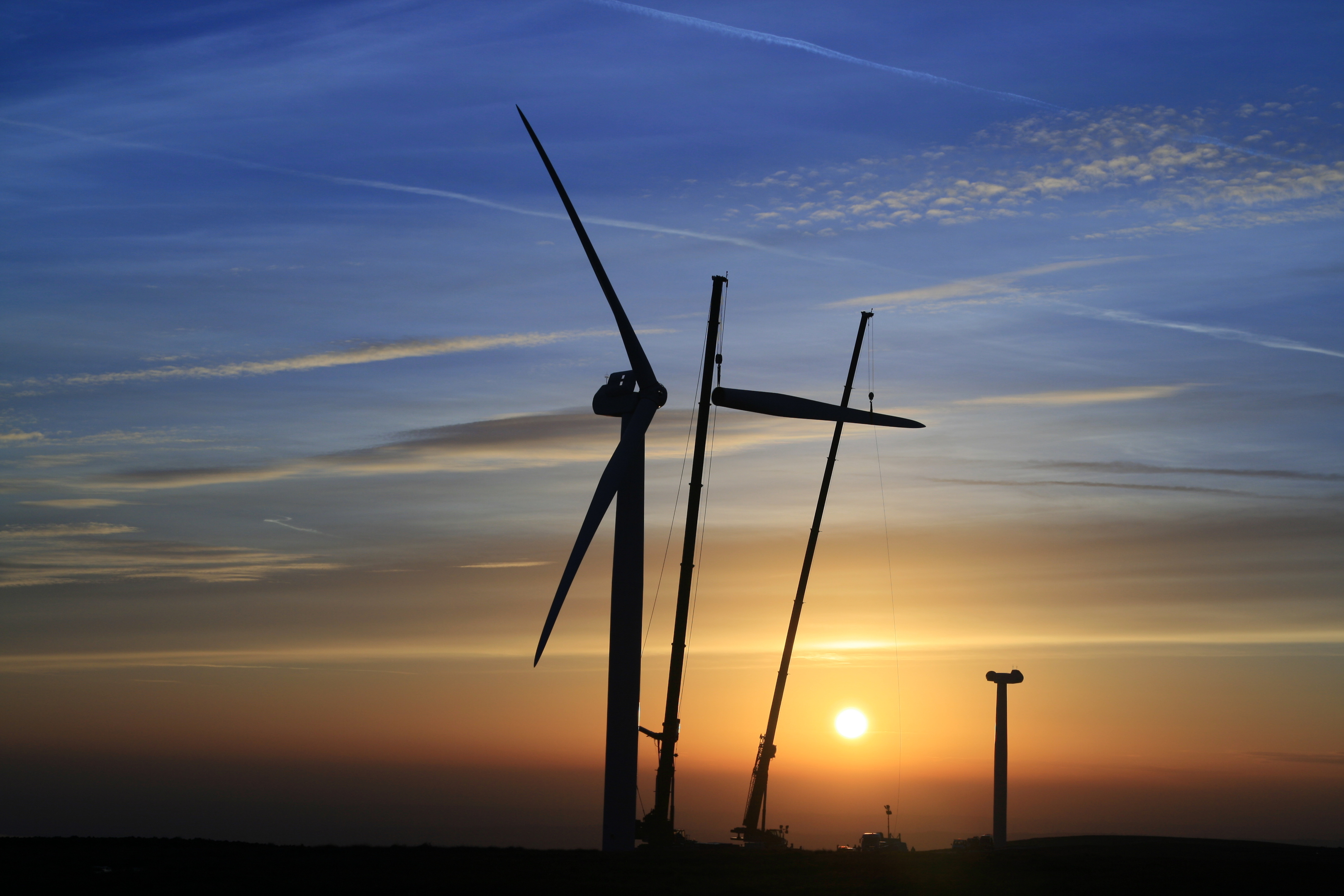The Scottish Government will be consulted before any changes are made to plans to end the onshore windfarm subsidy regime.
The announcement in the Queen’s speech earlier this week is a good result for First Minister Nicola Sturgeon who demanded a veto during the general election campaign.
It appears to be a partial climb down on the part of the Conservatives who vowed to take tough action to address public concerns about the number of turbines being erected across the country.
The party’s Scottish manifesto stated that wind power was unable, by itself, to provide the firm capacity that a stable energy system requires.
“As a result, we will end any new public subsidy for them,” it said.
But the Queen’s Speech stated: “The government will consult with the devolved administrations on changes to subsidy regimes for onshore wind farms.”
The news will likely upset people who think the Scottish Government is making it too easy for developers to pepper the countryside with windfarms.
Earlier this week Holyrood’s public petitions committee launched an investigation into claims that one of the north’s most magnificent landscapes is being turned into a huge “industrial complex”.
Fort William-based campaigner James Treasurer and his supporters are concerned about the future of the Great Glen and Loch Ness.
He told MSPs that data from the local authority and SNH showed that 500-plus turbines have been built, granted permission or are proposed within a 22-mile radius of the watery landmark tourist destination.
Mr Treasurer, a marine biologist, said his group wanted the area designated a National Scenic Area and given World Heritage protection to safeguard it for future generations.
The Conservatives want councils to be able to suspend all new planning applications on onshore wind farm developments so that local communities get the final say.
“We will also scrap business rate exemptions for large renewable projects and will introduce a compensation scheme for loss of property value due to windfarms,” stated the manifesto.
